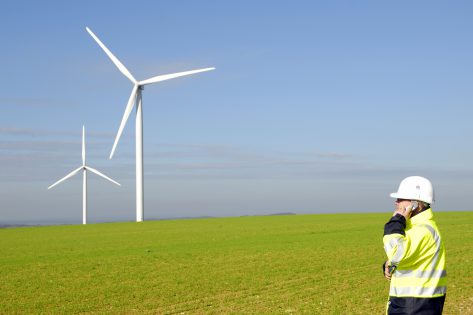Clean energy is a win-win solution: good for the environment and good for the pocketbook.
In the not too distant past, energy decisions often boiled down to a choice between the environment and economics, with the best path forward frequently out of reach due to cost. However, as technology evolves, sustainable energy options are now well within our reach, brightening our future and empowering us to make decisions that will turn our planet around.
Today, countries, governments, regulators, and individuals are making hard decisions that will forever impact our future.
The hard costs of sustainability
The concept of clean energy has been around for decades. Yet the biggest barrier to entry was the cost relative to output. Fortunately, things are changing. Here are some examples:
Solar energy
Ten years ago, a residential photovoltaic solar panel system cost more than $50,000[1]. As of May 2021, this cost has dropped by as much as 70% with the average upfront cost for a 6kW system in the range of $15,400 – $18,800 USD. The return on investment is further augmented by individual producers selling excess energy back to the grid for others to consume.
Wind power
Wind farms have also made significant gains in production due to better equipment and technology. With advances in rotor diameter and base height, global onshore wind capacity has increased fourfold since 2009, rising to more than 698 gigawatts in 2020[2].

Leading with renewable energy
Although opinion is mixed on how best to halt or even reverse the damage that’s been done to our planet, it’s important that we don’t lose sight of the positive results we’re starting to see.
In 2020, renewable energy grew 45% worldwide[3], attributed to an unprecedented boom in wind and solar energy. We also saw an exceptional 90% rise in global wind capacity, along with a 23% expansion in new solar power installations.

The role of utilities in clean energy
Such a rapid rate of adoption can be attributed in part to greater affordability which in turn drives faster uptake of this new distributed and sustainable energy model. But as more people clamor for access to clean energy, utilities—the stewards of energy generation around the world—face what could be their greatest challenge.
Converting traditional energy sources as well as the heavy infrastructure that’s been put in place to support this model is a monumental task. Along with fundamental changes to the ecosystem, the business model for utilities will also change, with energy being generated, bought, and sold from a much wider range of sources.
[1] SolarReviews: How has the price and efficiency of solar panels changed over time? May 2021
[2] Statista: Global onshore wind energy capacity from 2009 to 2020
[3] NPR: Renewable Energy Growth Rate Up 45% Worldwide in 2020; IEA Sees ‘New Normal’
IFS and clean energy
IFS works with utilities around the world to help modernize operations, implement new technologies, and prepare for the future. For more information about the good work underway within the energy and utility sectors, watch our video on sustainability within the industry.